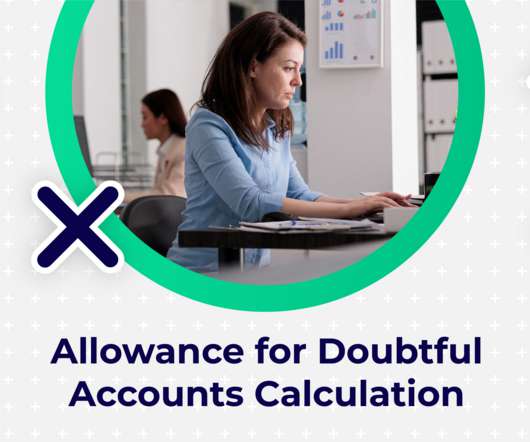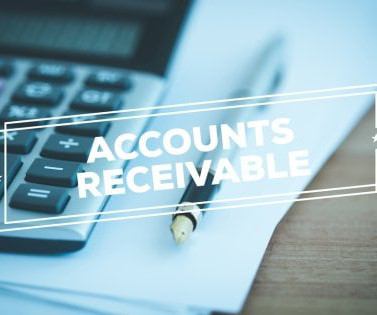Allowance for doubtful accounts & bad debt expenses: Calculation
Chaser
MARCH 30, 2025
The concepts of allowance for doubtful accounts and bad debt expenses play a pivotal role in portraying an accurate picture of a company's financial health.
 Allowance for Doubtful Accounts Related Topics
Allowance for Doubtful Accounts Related Topics 
Chaser
MARCH 30, 2025
The concepts of allowance for doubtful accounts and bad debt expenses play a pivotal role in portraying an accurate picture of a company's financial health.

Gaviti
OCTOBER 24, 2022
Allowance for doubtful accounts (ADA) is a financial metric that estimates the value of rendered services or goods sold that you don’t expect to get paid for. Essentially, it’s a tool used in accrual accounting as a way of tracking bad debt up front with the end goal of maintaining more accurate financial statements.
This site is protected by reCAPTCHA and the Google Privacy Policy and Terms of Service apply.

Lendio
MARCH 13, 2023
Here is the journal entry: Debit Bad Debt Expense Credit Accounts Receivable This will cause your business’ net income on its profit and loss statement to decrease because bad debt expense is an expense account.

Gaviti
OCTOBER 27, 2022
Creating an Accounts Receivable Analysis Report. Typically, analysis of receivables will involve assessments of the size of your accounts receivable as well as any allowance for doubtful accounts you make.

Gaviti
APRIL 18, 2024
With streamlined reporting behind you, it’s far easier to accurately manage cash flow accounting, behavior monitoring, and customized allowances for doubtful accounts. More accurate payment forecasting. Plus, automation takes some of the human element out of the equation, which substantially reduces errors.

Emagia
DECEMBER 3, 2024
Allowance Method Process: Estimates uncollectible accounts at the end of each period, creating an allowance for doubtful accounts. Accounting Entries: Estimation: Debit Bad Debt Expense; Credit Allowance for Doubtful Accounts.

Gaviti
MARCH 11, 2025
Regulatory Compliance: Staying abreast of evolving financial regulations is simplified, ensuring adherence and minimizing compliance-related risks.
Let's personalize your content